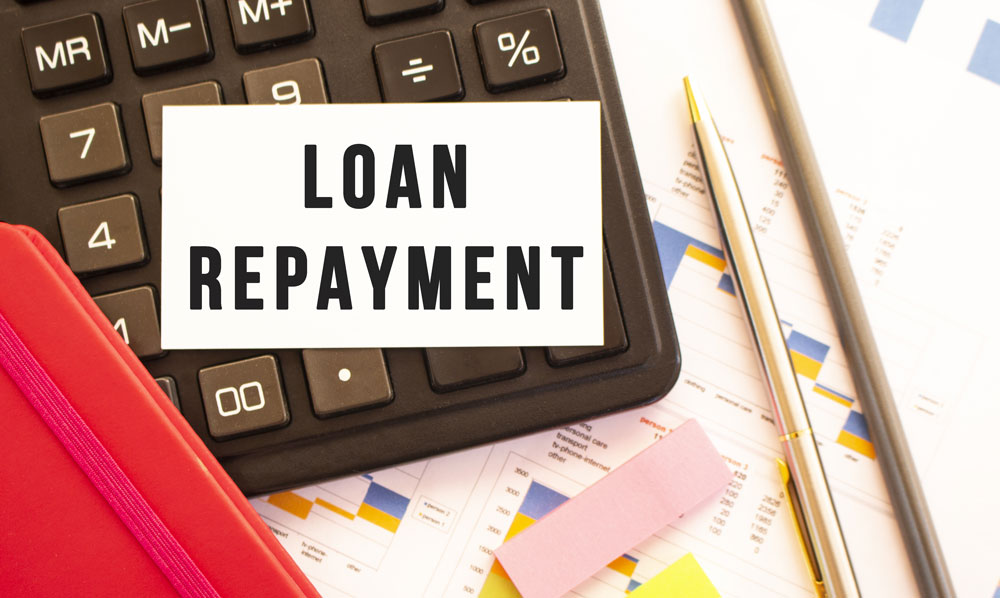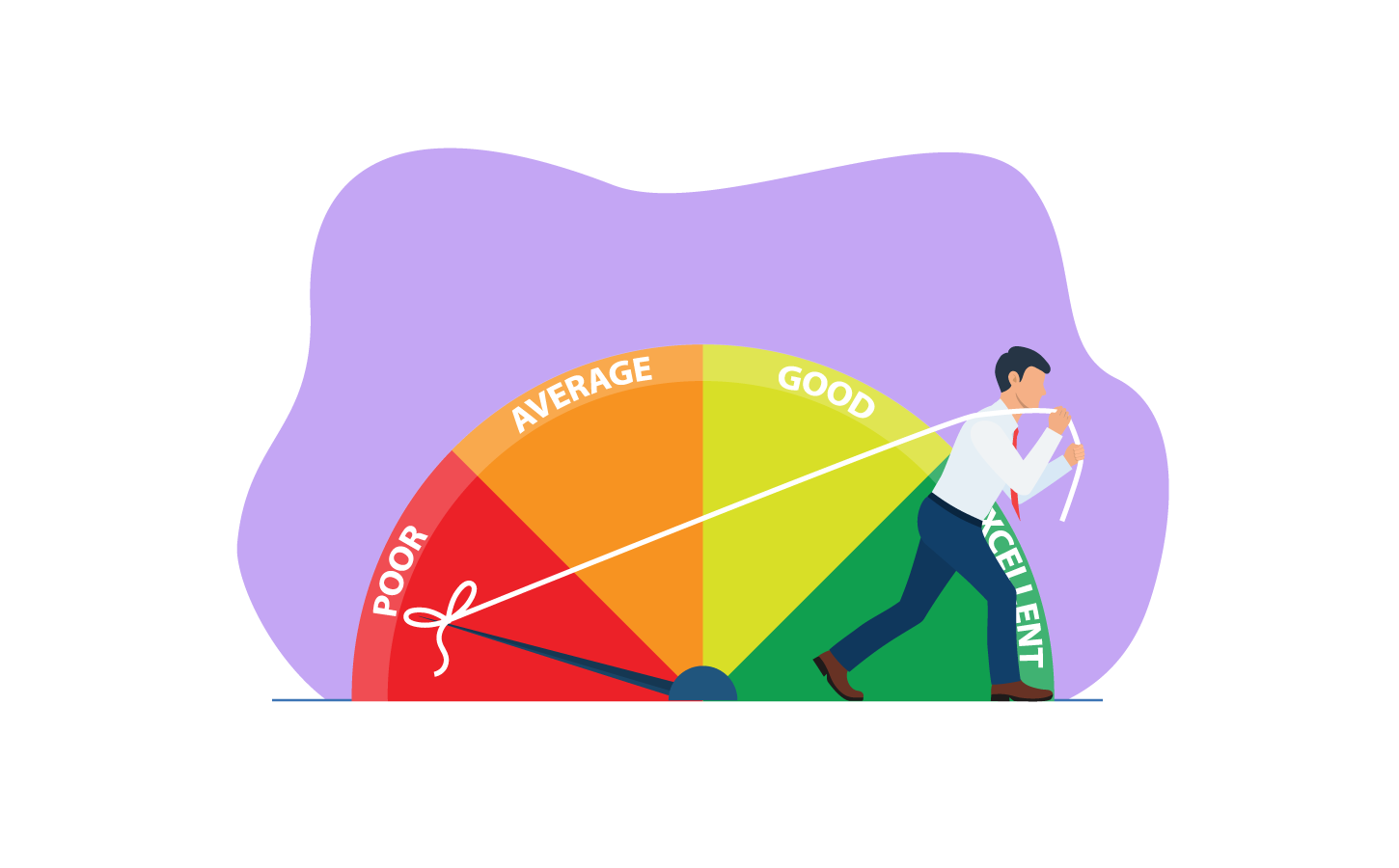Borrowers often assume that getting a loan is the hardest step of their credit journey. In reality, the most difficult part is almost always loan repayment. Whether you manage to get the cheapest personal loan in Singapore from a bank or the best licensed money lender in Singapore, always approach repayment as a serious responsibility.
A failure to do so can have long-lasting consequences. Borrowers who default on even a small loan or are consistently late with repayment instalments can expect:
– a damaged credit rating that stays on their Credit Report Singapore for years after the error
– an uphill battle to get approval for all future loan or credit applications higher interest rates on loans that are eventually approved
– higher fees and more severe penalties for late payments and defaults
If you spent time and effort to compare money lenders, you should also invest some time in learning the best loan repayment hacks.
Loan repayment hacks from industry insiders
We spoke to financial experts who have worked in the banking and credit industry for decades. They say that most borrowers can easily repay their loans if they follow some simple steps. Here is a summary of the 5 most important loan repayment hacks they shared.
Focus on time
There are two time-related repayment hacks you can apply:
· Opt for more frequent payments
Most loan repayment contracts for the cheapest personal loan in Singapore specify monthly instalments. As a borrower, you have the option of requesting shorter periods between instalments. A weekly or fortnightly schedule reduces the amount you need to save and will also help to keep your eye on the ball so you don’t default.
· Opt for a shorter loan term
Loans are popular because they give you the convenience of paying back a large sum over a long period. However, borrowers tend to forget that this convenience comes at a price. Longer loan terms mean more interest. A shorter loan term only increases each instalment by a small amount but you save much more over the course of repayment.
Go the extra mile
Most loan repayment instalment amounts are an arbitrary figure obtained by dividing the loan principal and interest by the number of instalments. For example, the best licensed money lender in Singapore may require you to pay $95.20 per instalment. However, you can make payments of $100 if you like.
This nominal extra amount is easy to manage but chips away at the amount due (and the interest charged) over the long run.
Refinance
Every borrower should create and stick to a reasonable budget that allows them to manage their debts. That can sometimes become a challenge if your financial circumstances change.
If this happens, one of the smartest moves you can make is to refinance your loan. Compare money lenders to see which one offers the best terms, such as the lowest interest rates for the longest term, and is willing to lower or waive fees and additional charges.
Don’t default
We cannot stress this enough. The single worst decision that you can make with loan repayment is to default on your loan.
If you have declared bankruptcy or are on a Debt Repayment Scheme (DRS), they will appear prominently on your Credit Report Singapore. Every bank will reject you outright and even the best licensed money lender in Singapore may not be able to help you.
Loan repayment techniques
Two of the most popular – and effective – loan repayment techniques are the debt avalanche and the debt snowball.
Debt avalanche
With this method, you list all your debts from highest to lowest interest. Then, you divert all your extra funds to pay off the one with the highest interest first. When that debt is paid off, you move to the next highest, and so on.
The rationale is to limit the total amount of interest that you will pay in the long term.
Debt snowball
With the snowball method, you list your debts from the smallest amount due to the highest, regardless of interest rate. All your extra funds are used to pay off the smallest debt, then move on to the next greater one.
The rationale here is to create motivation momentum as each small debt is paid off and develop good financial habits in the process.



















